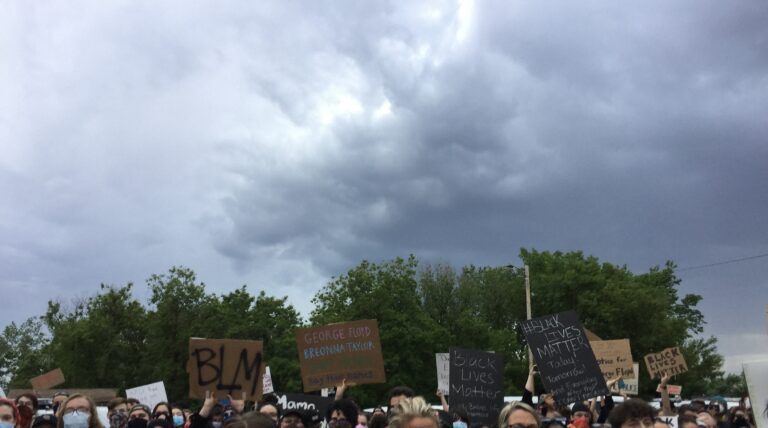Analyzing NASCAR’s West Coast swing
The NASCAR west coast swing is over. Since it established this yearly tradition a few years back, every spring the NASCAR storm heads out to the west coast and races at its tracks in Las Vegas, Phoenix and Fontana.
They have a fourth track out there, Sonoma, but it’s in northern California. Due to the questionable weather in March up there, NASCAR usually heads to Sonoma in June.
Anyway, why does NASCAR do this west coast swing? Well, like everything else in the world, it’s money driven. It saves the teams money to only have to drive out west once.
Before NASCAR established this west coast swing, the teams used to drive out west for two races, come back east for a race, go back out west and then return again. Imagine running a race team and having four car haulers (18 wheelers) traveling back and forth, back and forth, back and forth.
That’s expensive.
So now, the teams send out their normal haulers once. And then in between races, they send out two more haulers (this of course based on a four car team) with the next track’s worth of race cars.
The way NASCAR stock cars are set up, one car can’t run all the tracks. For example, a road course car can’t race on a high banked superspeedway.
The three tracks that make up the west coast swing are different as well. Las Vegas is a 1.5-mile D-shaped oval. Phoenix is a one-mile, slightly banked (but mostly flat) track. Fontana is a 2.5-mile, D-shaped speedway where cars reach 200 miles per hour.
These tracks require different cars. So a team would have to switch cars in between races and to save them money, they send out separate haulers.
It is cheaper to only send two haulers back and forth between North Carolina and the west coast then to send all four team haulers.
This year however, NASCAR won’t be racing at Fontana due to California’s COVID-19 restrictions, so the teams would only need to swap cars once in between Las Vegas and Phoenix.
Anyway, enough about the logistics of the swing.
In Las Vegas, Kyle Larson won the race. Why is this important? Well because it was his first win since being reinstated by NASCAR after being suspended indefinitely due to his use of a racial slur last year.
I won’t get into the nitty gritty of the racial slur and suspension (go read the column I wrote last year about that), but I’ll speak about why this was HUGE for Larson and NASCAR.
Larson signed with Hendrick Motorsports when he was reinstated by NASCAR. Due to the reason for his suspension, a lot of sponsors didn’t want to sign with him.
As I’ve spoken about before, sponsorship money is what a NASCAR team runs on. So when not a lot of sponsorship was announced for his car, a lot of people were left wondering 1) how the team was going to survive (money-wise) and 2) how they would perform.
Larson finished 10th, 30th, 4th, 1st, in the first four races. His win at Las Vegas showed he could win still, but more importantly showed potential sponsors that he is someone who will get their brand in victory lane. NASCAR needs that right now as sponsors are leaving left and right.
This was also important for Larson too. There were a lot of people out there saying that Larson was washed up, will never win again, and shouldn’t have returned. Well, did he shut them up.
Kyle Larson’s win at Vegas won’t be his last this year. Although he didn’t win at Phoenix, he finished 7th. It showed the consistency that he is building and I believe he’ll be a force to the reckoned with.
The NASCAR storm is on to Atlanta and then the Bristol dirt race! We’ll talk about that in the next column.








